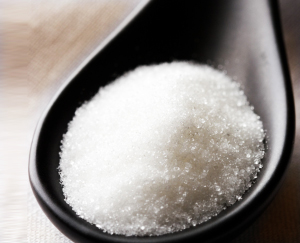health guides
Carbs’ Surprising Heart Disease Connection

The devil is in the details
Researchers followed 53,644 men and women with no history of heart disease to look at the connection between saturated fat, carbohydrates, and heart disease. Participants were between 50 and 64 years old at the start of the study and provided detailed information about their dietary and health habits.
The researchers looked at how substituting simple and complex carbohydrates into the diet in place of saturated fat affected heart attack risk. Glycaemic index (or GI, a measure of how different carbohydrates, such as those found in potatoes and porridge, affect blood sugar levels) was used to classify carbohydrates as simple or complex. The higher the GI number, the higher the food will raise blood sugar in people who eat it.
Revealing results
After following the participants for 12 years, the study authors found that for every 5% increase in simple carbohydrate calories that were substituted for saturated fat calories, there was a 33% increased risk of having a heart attack. Eating more complex carbohydrates did not increase heart attack risk.
Plain English, please
For years, health experts have advised people to cut as much saturated fat out of their diet as possible to reduce heart disease risk. This study suggests that if simple carbohydrates replace saturated fat calories, this may increase heart-disease risk, not lessen it. Simply put: simple carbohydrates increase heart disease risk more than saturated fat.
Curbing carbs
If you want to keep your ticker healthy, it makes sense to watch the saturated fat in your diet. However, be sure you don’t replace those fats with simple carbs. Some tips on how to do this:
- Watch the white foods. Try to limit the amount of refined grains you eat. These are found in white bread, pretzels, cakes, cookies, pies, and other processed foods.
- Decode labels. Read ingredient lists. If you see the word “enriched” in the ingredient list, this is a tip-off that the food contains high GI, refined grains.
- Pass on potatoes. White potatoes have a high GI. Instead try sweet potatoes, which have a lower GI and provide loads of heart-healthy nutrients, such as magnesium and potassium.
- Factor in fat, fibre, and protein. Fat, fibre, and protein all lower the GI of meals and snacks. Eating high GI foods along with healthy fat, such as nuts or nut butter; fibre; or protein will lower the overall GI of the meal. To put this in action, try an apple with peanut butter, instead of apple juice and pretzels, for example.
(Am J Clin Nutr 2010; 91:1764–8; Am J Clin Nutr 2010; 91:1541–2)
Copyright © 2024 TraceGains, Inc. All rights reserved.


 We are proud to announce that
We are proud to announce that  As the market evolves, customers increasingly request a wider variety of omega-3 options for their lipid...
As the market evolves, customers increasingly request a wider variety of omega-3 options for their lipid...  Maintaining healthy glucose levels is crucial for preventing metabolic conditions like diabetes,...
Maintaining healthy glucose levels is crucial for preventing metabolic conditions like diabetes,...  Looking at formulating a new vitamin blend? Discover
Looking at formulating a new vitamin blend? Discover 







































